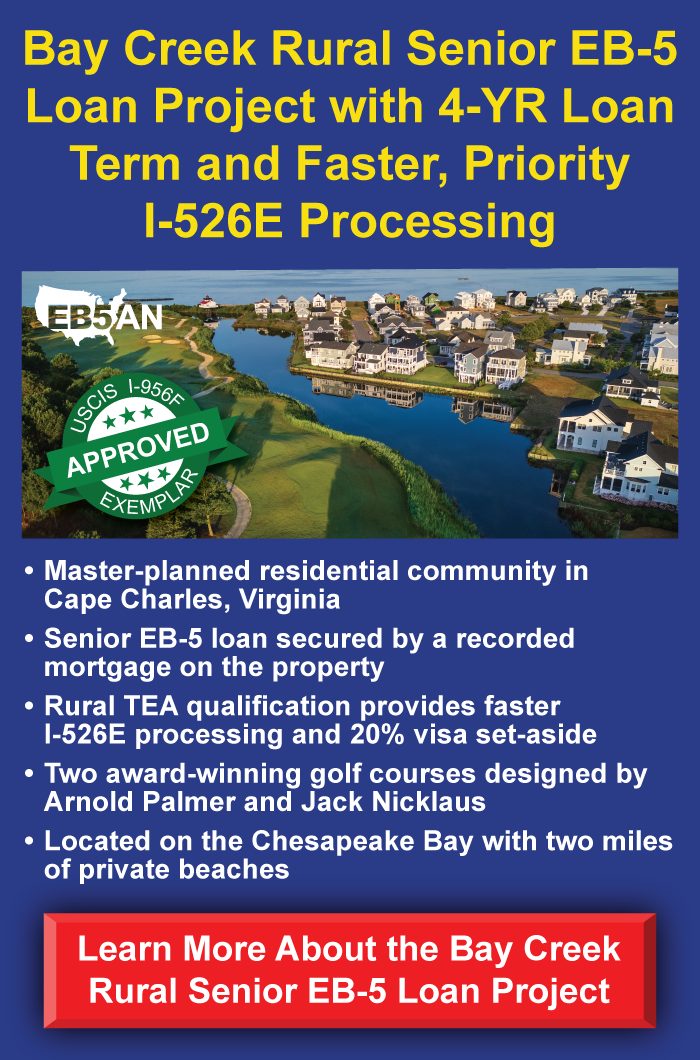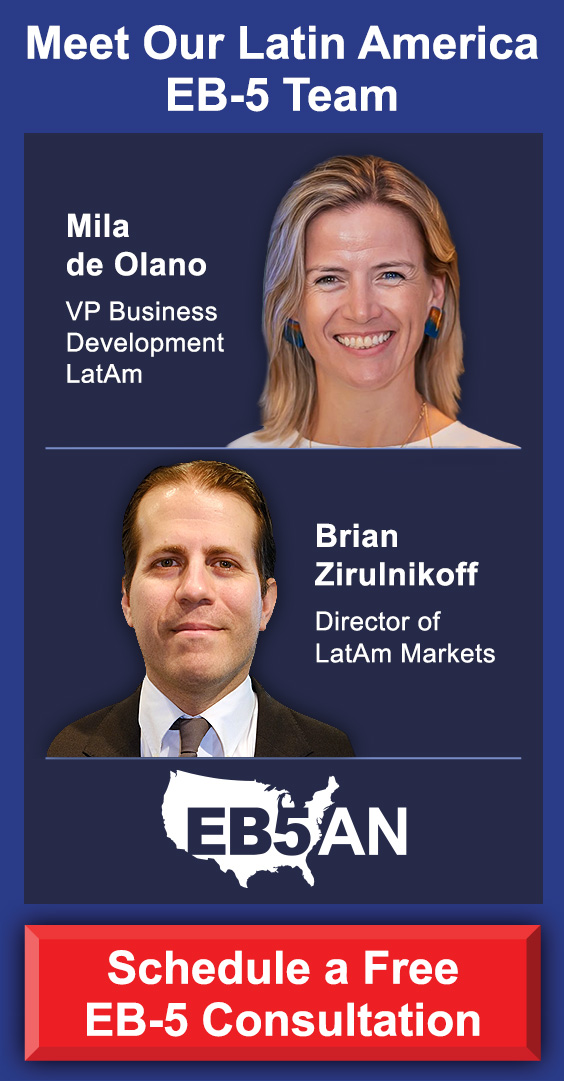For many investors, the EB-5 Immigrant Investor Program opens the door to a better education, business opportunities, and a higher quality of life for themselves and their families. However, obtaining a Green Card through the EB-5 program can take some time, depending on visa availability and country of origin. During this waiting period, many investors wonder: Can I live in the United States while my EB-5 petition is pending?
The answer is yes, thanks to a few changes in U.S. immigration policy in recent years. In particular, the ability to file your I-526E petition concurrently with Form I-485 (Application to Register Permanent Residence or Adjust Status) offers a major advantage. This approach also unlocks eligibility for interim benefits like Employment Authorization Documents (EAD) and Advance Parole (AP), allowing you to live, work, and travel while your Green Card is in process.
Here’s what you need to know about living in the U.S. while waiting for your EB-5 Green Card.
What Is the EB-5 Program?
Concurrent Filing
Benefits of Concurrent Filing
What to Expect While Living in the U.S.
You Can Get Your Green Card Without Leaving the U.S.
What Is the EB-5 Program?
The EB-5 Immigrant Investor Program allows eligible investors to obtain a U.S. Green Card by investing a minimum of $800,000 in a targeted employment area (TEA) or $1,050,000 in a non-TEA project that creates at least 10 full-time jobs for U.S. workers. The process begins by filing Form I-526E (for regional center investors).
Once the I-526E petition is approved, the investor and qualifying family members can apply for conditional Green Cards. However, this approval process can take time, especially for applicants from high-demand countries like China and India.
Concurrent Filing
In 2022, the EB-5 Reform and Integrity Act introduced the provision of concurrent filing for investors who are already in the United States on another lawful status (such as an F-1 student visa or H-1B work visa).
This means that if a visa number is available in your category, you can submit your Form I-526E and Form I-485 at the same time. Previously, investors had to wait for I-526E approval before filing for adjustment of status, which delayed their ability to live and work in the U.S.
Eligibility for Concurrent Filing
To be eligible for concurrent filing:
- You must be physically present in the U.S. on a valid non-immigrant visa.
- A visa number must be available for your category, according to the monthly Visa Bulletin published by the U.S. Department of State.
- Your underlying status must allow you to adjust status (certain short-term or ineligible visas do not qualify).
If you meet these conditions, you can file Forms I-526E and I-485 at the same time, along with an application for work and travel permits.
Benefits of Concurrent Filing
Employment Authorization
One of the biggest advantages of concurrent filing is the ability to apply for an Employment Authorization Document (EAD). Once approved (usually within a few months), the EAD allows you to work legally anywhere in the United States, independent of your original visa restrictions.
This is especially helpful for those on dependent visas (like H-4 or F-2) that typically prohibit work.
Advance Parole
Advance Parole (Form I-131) permits you to travel internationally and re-enter the U.S. while your adjustment of status is pending. Without it, departing the country may be considered an abandonment of your I-485 application.
This travel flexibility provides peace of mind, especially for investors who may need to return to their home country for business or personal reasons during the waiting period.
Protection From Visa Expiry
If your current visa is expiring or you’re worried about maintaining legal status, filing the I-485 grants you a sort of “quasi-status” while the application is pending. As long as your I-485 application remains active, you may stay in the U.S. even if your original visa expires, provided you have not violated immigration rules.
What to Expect While Living in the U.S.
Life Between Filing and Approval
Living in the U.S. while your EB-5 application is pending does involve certain limitations. Until your EAD and Advance Parole are approved, you:
- Cannot legally work (unless your current visa allows it).
- Should not travel internationally as it might jeopardize your adjustment of status.
- Must avoid violating any immigration laws, such as overstaying a visa or working without authorization.
Once your EAD and Advance Parole are issued, however, you’ll enjoy many of the rights and freedoms of a Green Card holder, minus the permanent status.
Family MembersYou Can Get Your Green Card Without Leaving the U.S.
The ability to live in the U.S. while waiting for your EB-5 Green Card is a significant benefit made possible through concurrent filing and interim benefits like EAD and AP. For investors already in the country, this approach provides valuable flexibility, allowing them and their families to begin integrating into American life even before their Green Card is approved.
That said, navigating the EB-5 process, especially while managing status inside the U.S., can be complex. It’s crucial to work with a qualified immigration attorney to ensure all filings are accurate, timely, and compliant with current immigration rules.
At EB5AN, we have helped more than 2,700 families from 70+ countries become lawful permanent residents of the United States. Our team has more than a decade of experience and offers clients first-rate, low-risk EB-5 regional center projects with a 100% USCIS project approval rate.
If you would like to know more about your EB-5 investment options, book a free call with our expert team today.











